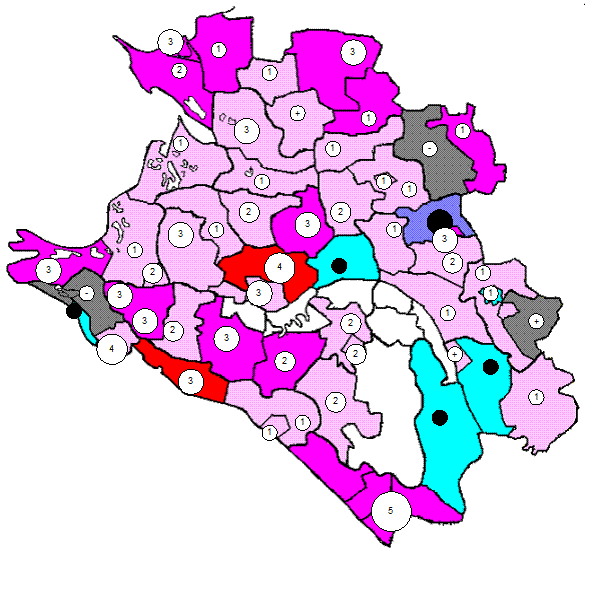Read this text and translate it. What Is a Biochemistry Laboratory?
What Is a Biochemistry Laboratory? A biochemistry laboratory is an area in which a biochemist studies the chemical processes within living organisms. Traditional biochemistry examines the chemistry of reactions catalyzed by enzymes, but biochemical research has expanded to cover topics of signal transduction, transport within cells, and molecular interactions. All biochemistry labs have the basic components of science research labs, such a pH meter, a balance for weighing out chemicals, a variety of buffers and other chemicals, and refrigerators and freezers for storing supplies. They also have a special freezer kept at -94° F (-70° C) for the long-term storage of proteins and tissues. Such facilities have centrifuges and access to an ultracentrifuge. An ice machine is generally essential for generating ice to keep enzymes and reagents chilled and stable. Virtually all biochemistry labs have gel electrophoresis supplies for examining proteins, along with the equipment for running Western blots. For biochemistry research, a spectrophotometer is frequently necessary to measure protein concentrations or enzyme reactions. Usually, a UV-Vis spectrophotometer suffices, but some labs require a fluores cence spectrophotometer for more specialized applications. Other biochemistry labs may have more specialized equipment, like particular chromatography equipment. This type of technology separates molecules. For instance, the lab may have a high-pressure liquid chromatography (HPLC) system to separate peptides or conduct enzyme assays on small molecules. Another type of instrument one might have is a gas chromatography (GC) system. This unit separates volatile compounds. A protein biochemistry laboratory may have a fast-pressure liquid chromatography (FPLC) system to purify large amounts of protein to study. It would have a variety of gel matrices, with differing chemical properties to use with the FPLC to separate the proteins. There would be glass columns of varying proportions to hold the matrices. Protein biochemistry laboratories generally have a cold room, so that proteins can be isolated and purified at cold temperatures to keep them stable. The techniques of genetic engineering involve manipulating DNA or RNA in microorganisms, so sterile conditions are required. Such a lab would have a sterile hood that can be wiped down with ethanol and has a germicidal lamp. It blows sterile air across its work surface. The lab would have agar, which forms a gel that the microorganisms grow on. There would be a variety of other of supplies for media, and antibiotics for growing up the genetically-altered microorganisms. It would have incubators and shakers that could be warmed up to grow bacteria or yeast. Also necessary is access to an autoclave, to sterilize the supplies for growth and RNA manipulation, and to destroy the recombinant material after the experiments are finished. A medical biochemistry laboratory would have many of the items of other biochemistry labs, depending on its specialty. The difference would be in the source of the material for study.
|




